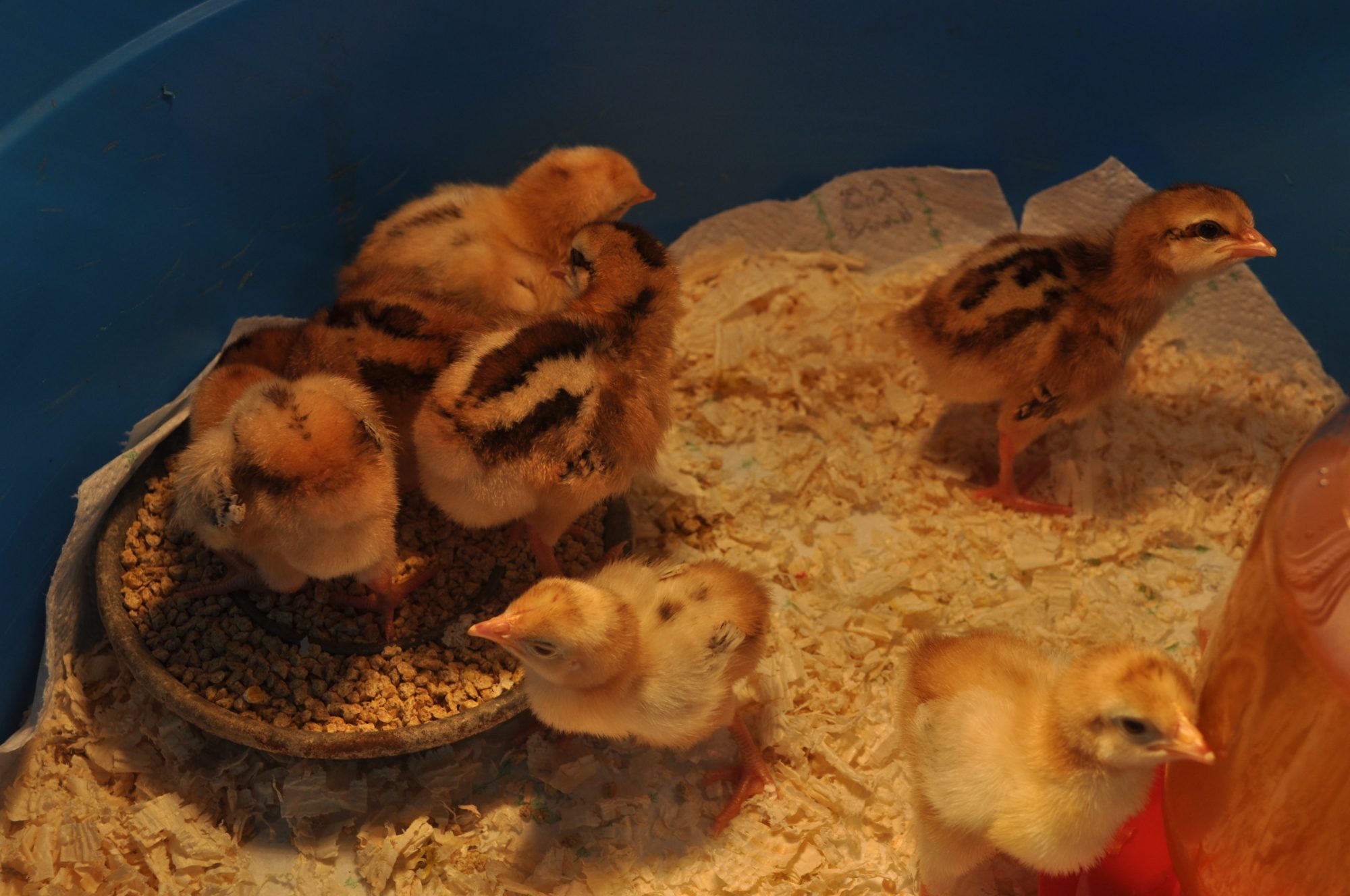- Thread starter
- #1,061
Yes she still lays about 4 eggs a week so far this year but has slowed down since last year. Ive only hatched out one of her eggs on an accident but unfortunately Her daughter was fathered by a Salmon Fav. but she is beautiful but she makes her mom look like a pimple compared to her, she is built just like the SS, But Huge, but she got her dads 5 toes. So I think that if I can find the perfect male for her (very dark,large, with correct comb.) she could really makes some big girls.
I just noticed I posted the same picture twice sorry!










